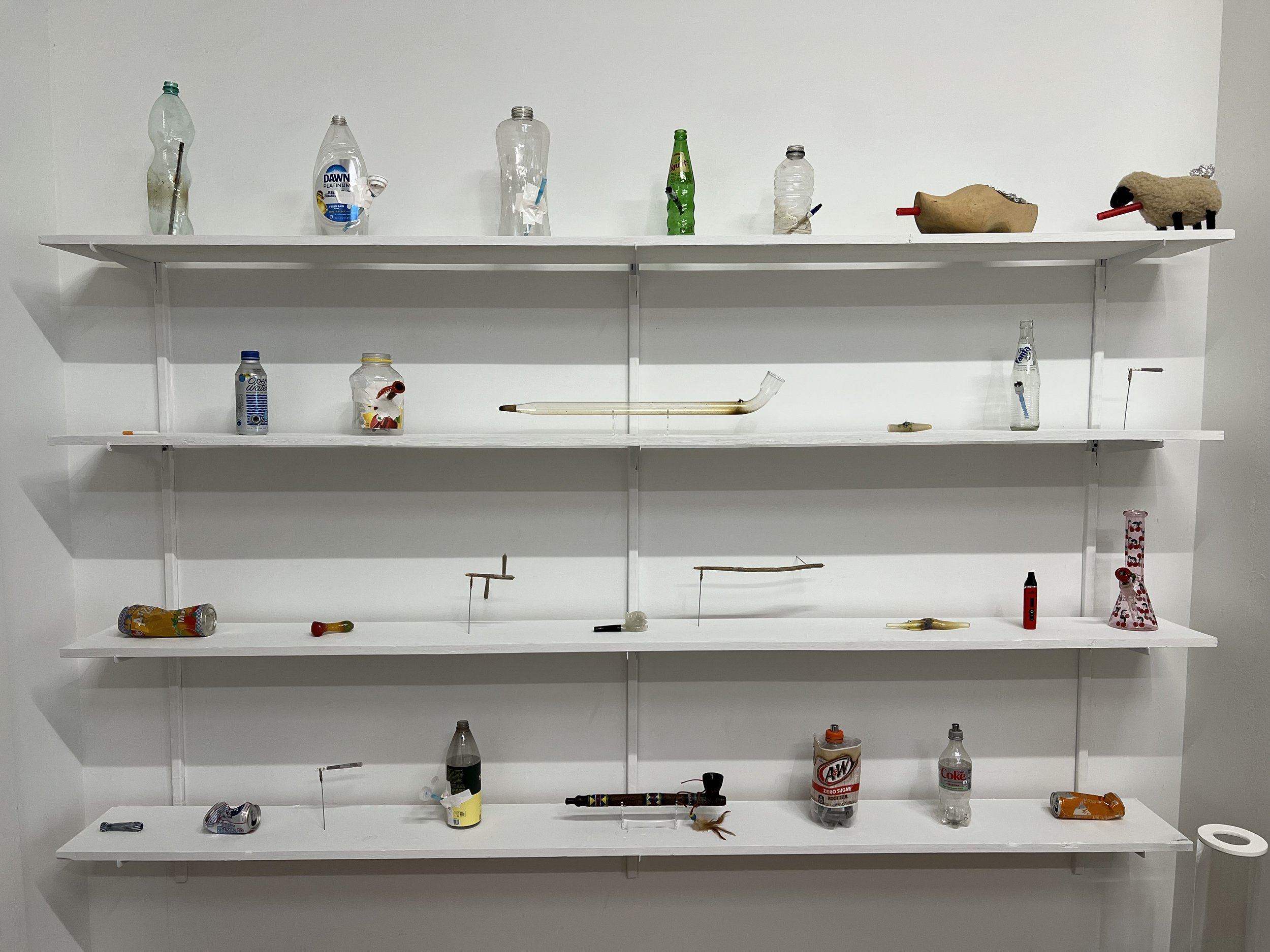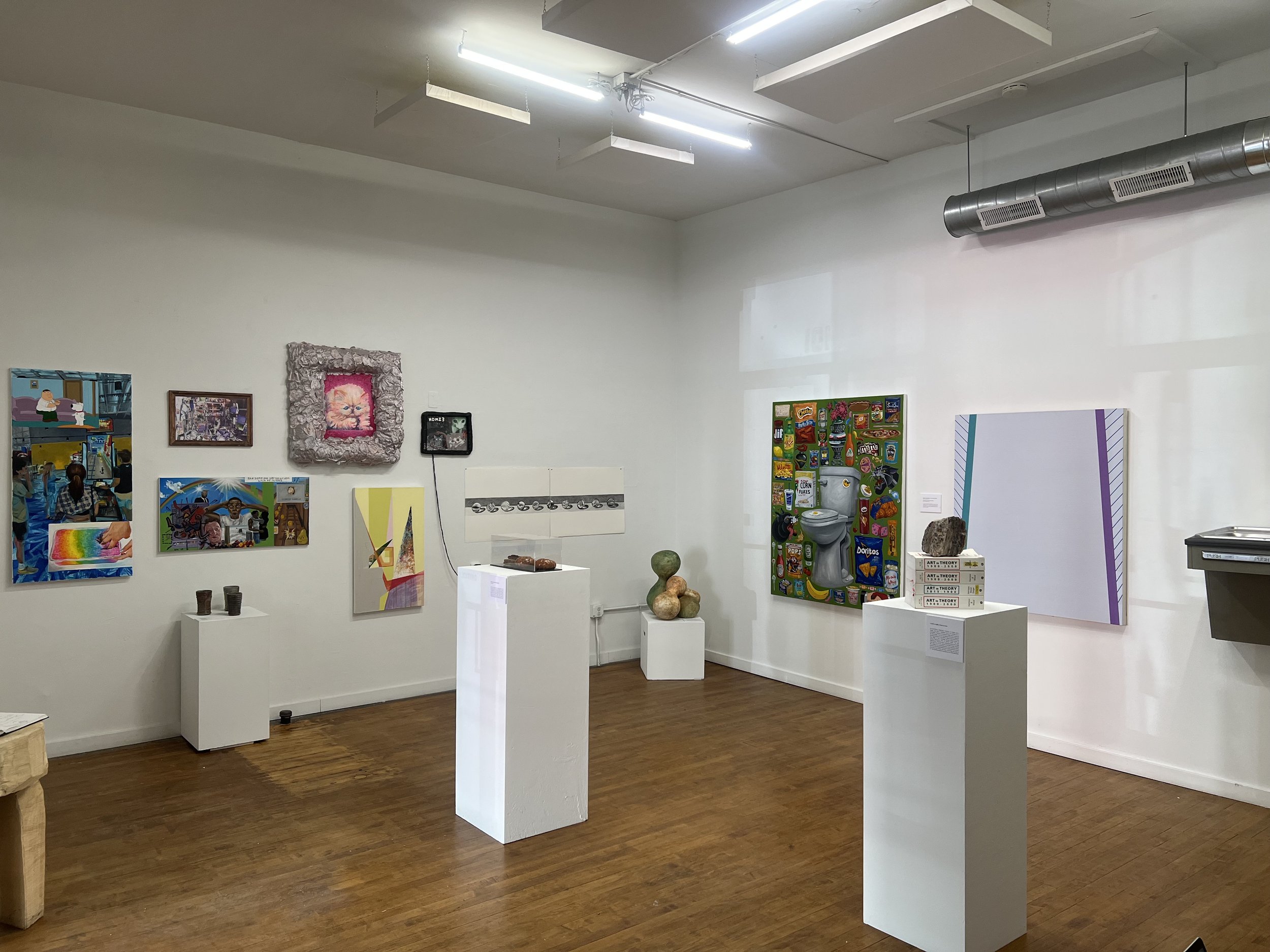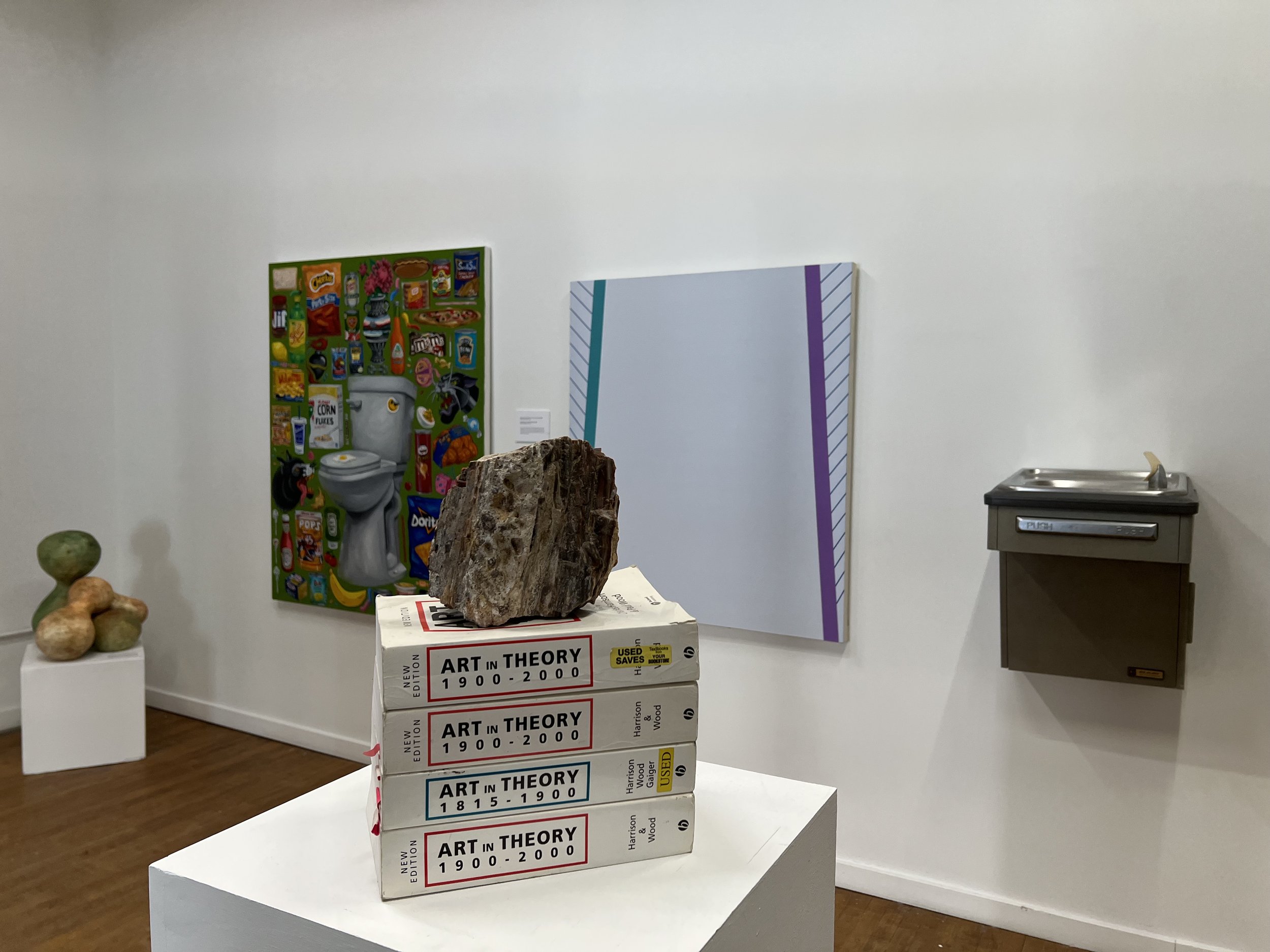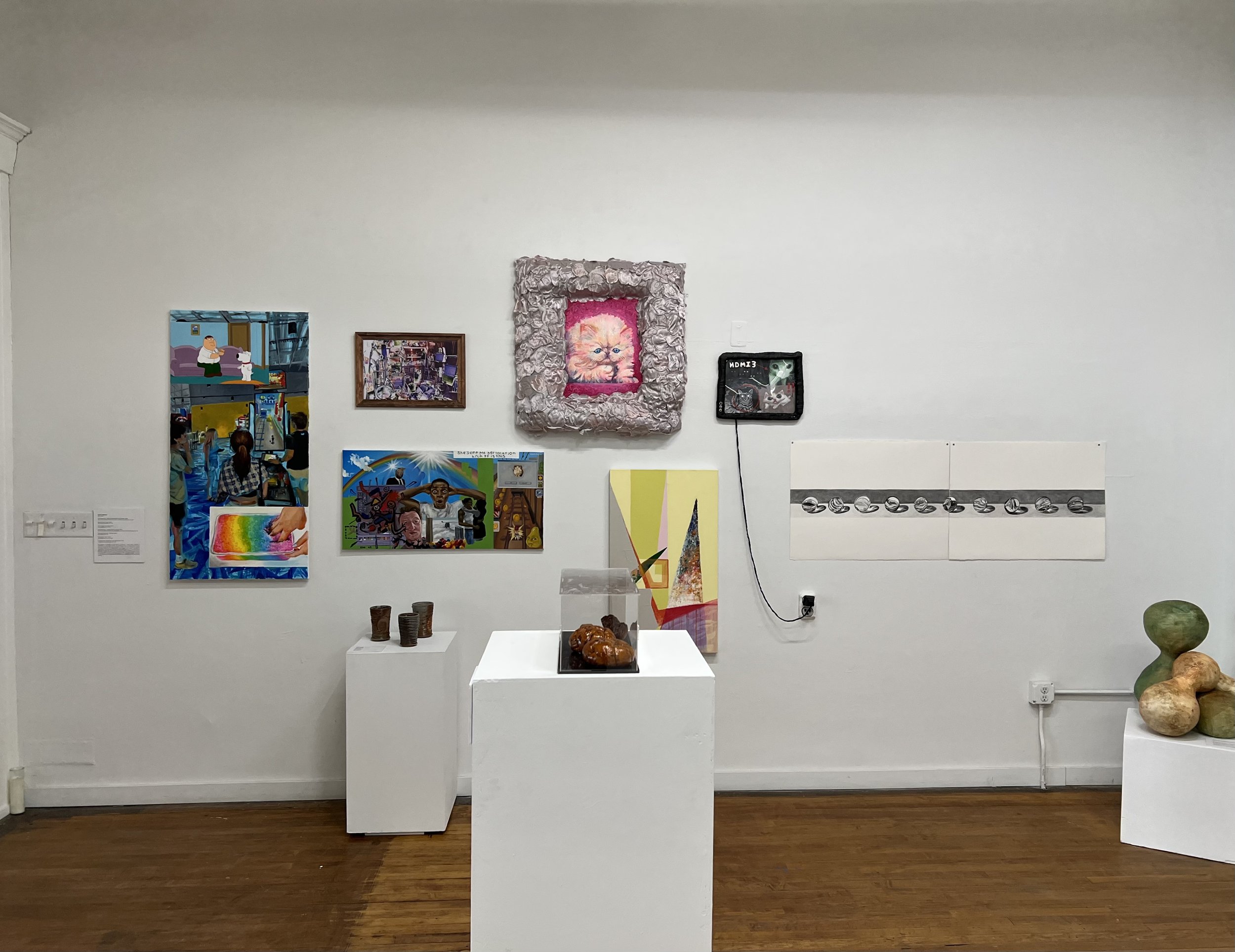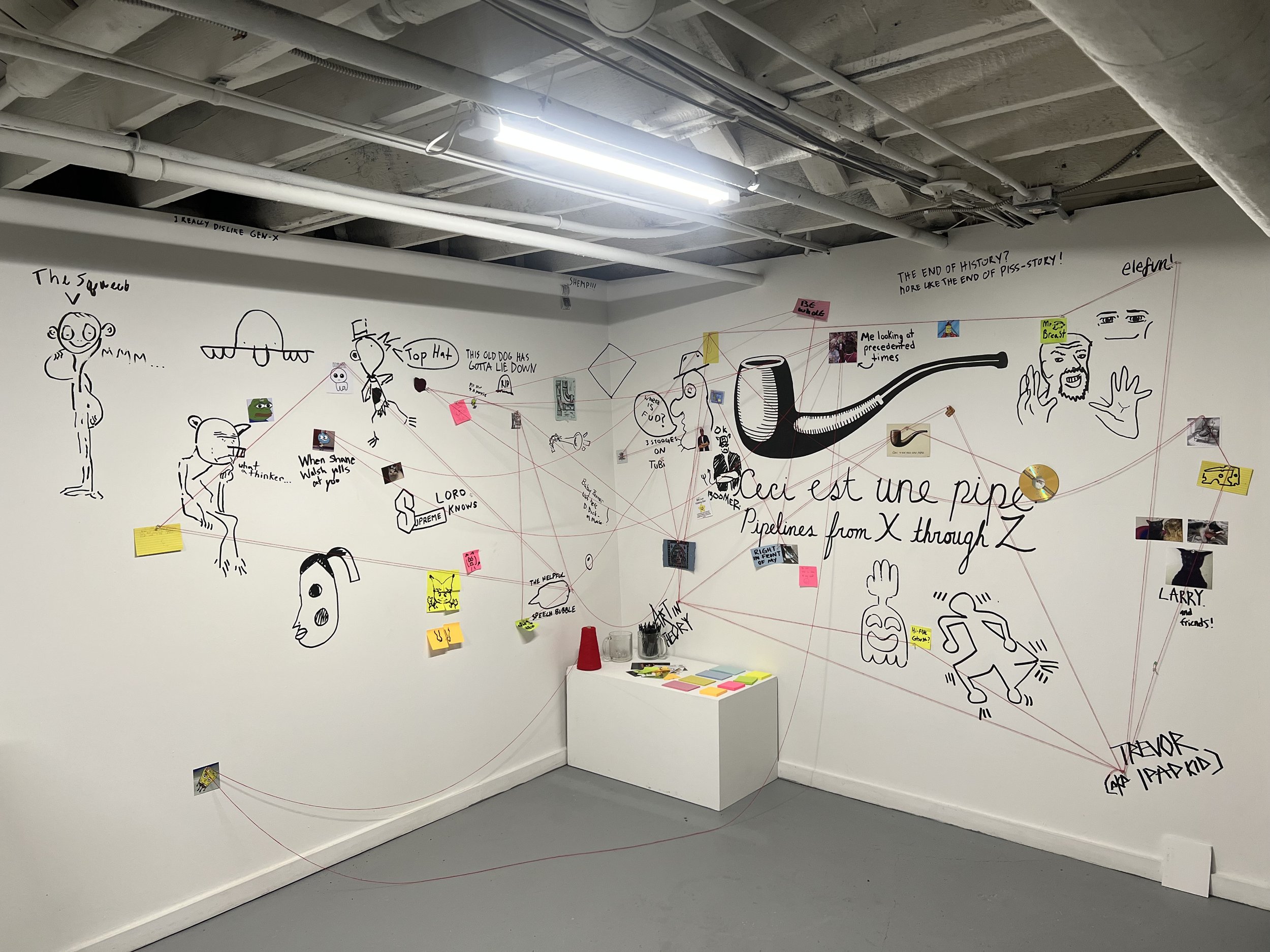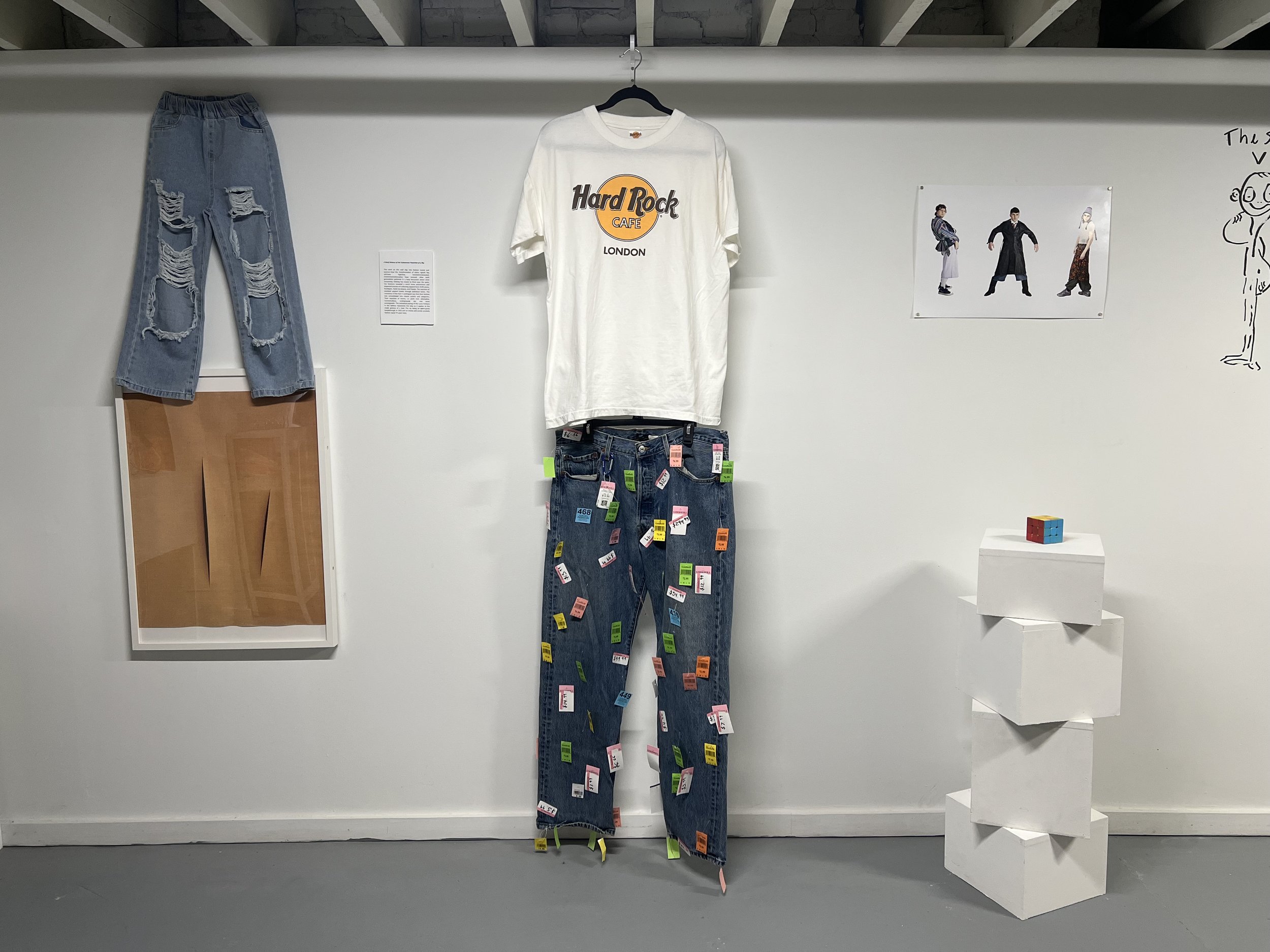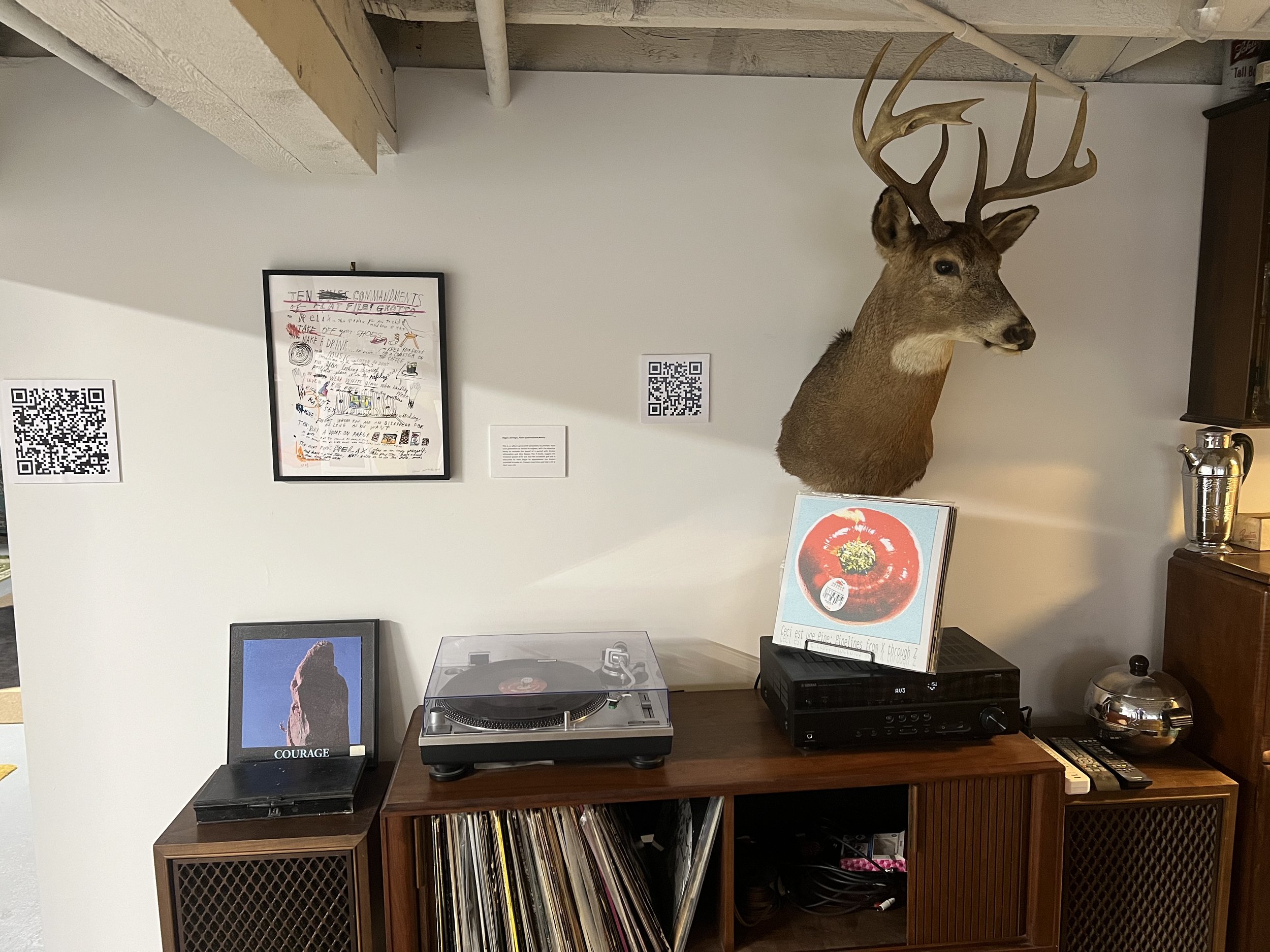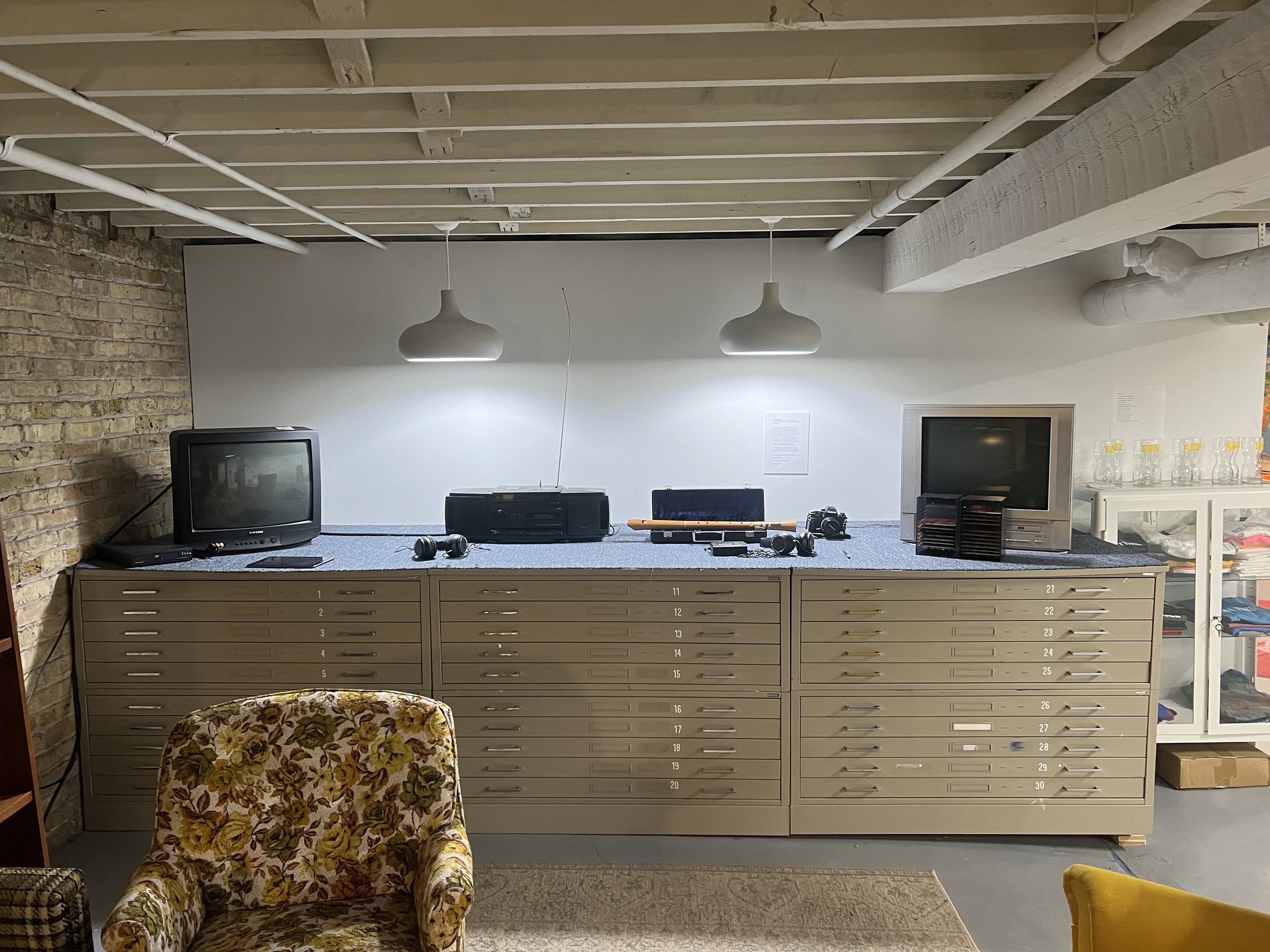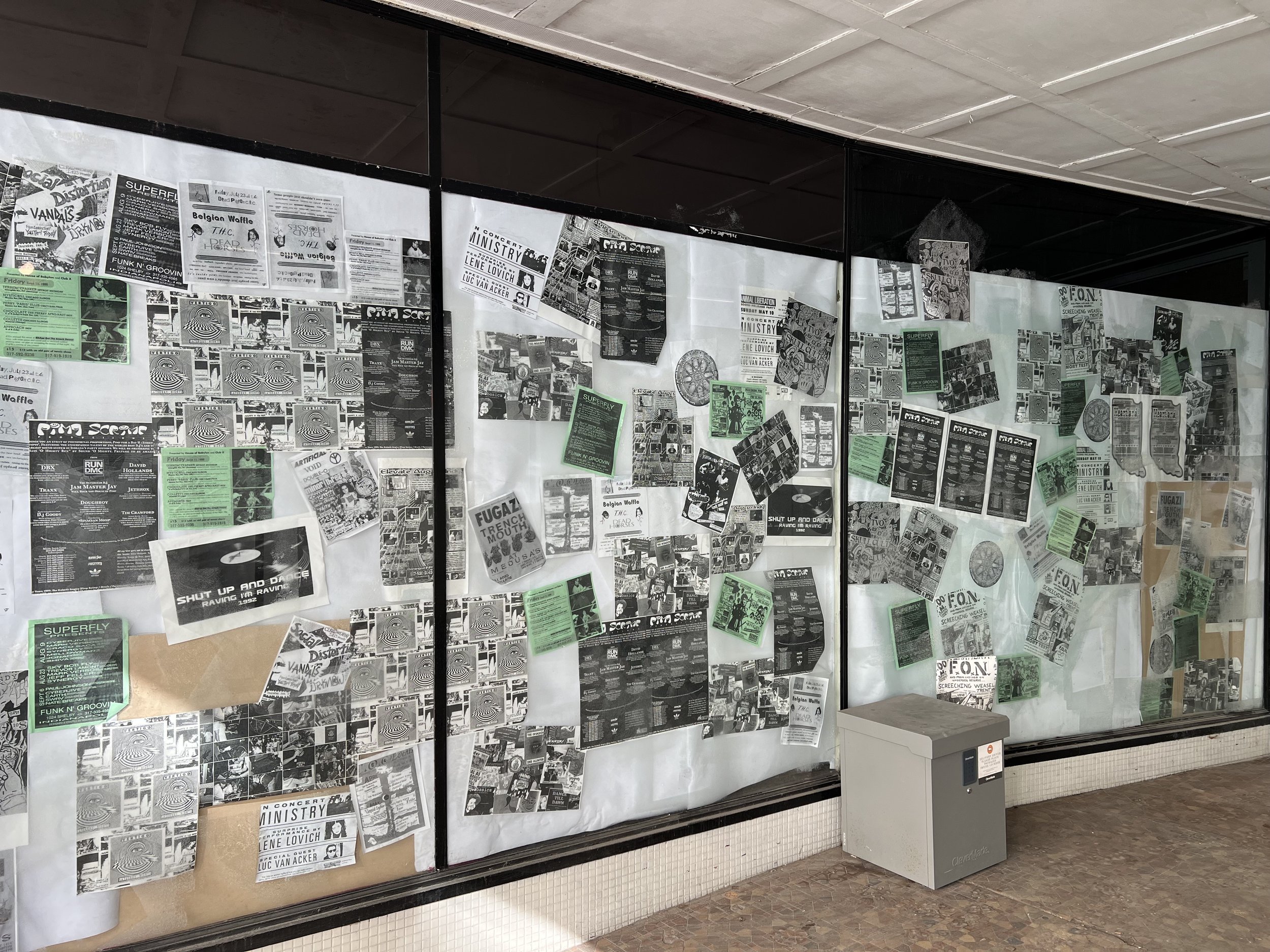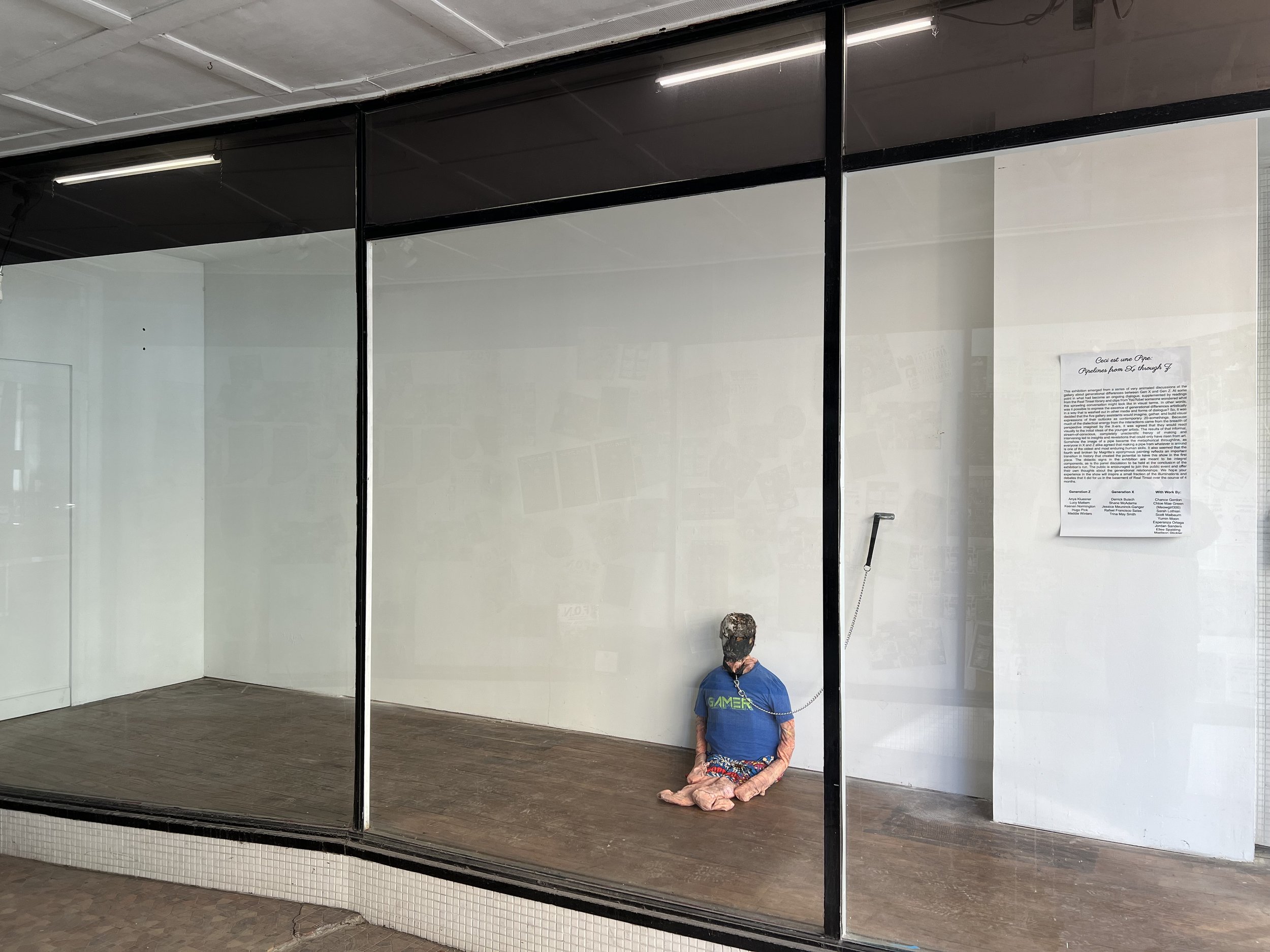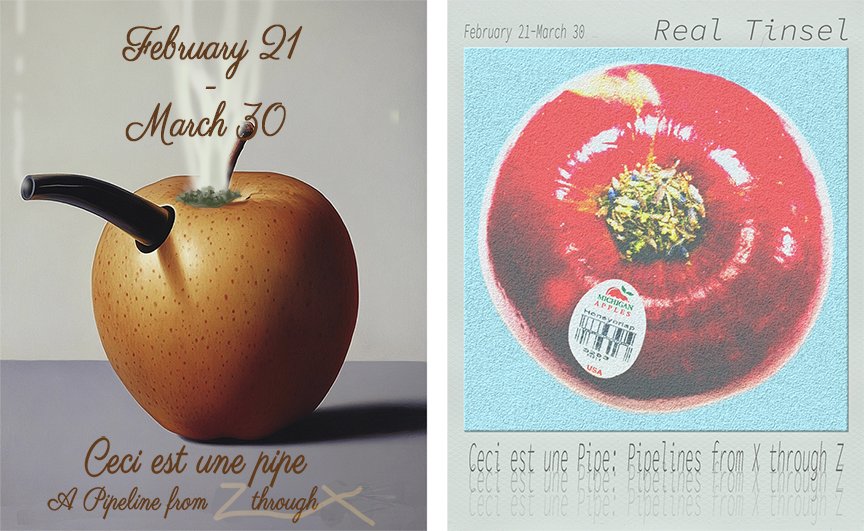Ceci est une pipe: Pipelines from Z through X
February 21 – March 30, 2025
Opening Reception: Friday, February 21, 6–8 pm
The title of the show Ceci est une pipe refers to a 1929 painting by René Magritte that lives as one of the earliest examples of a society grappling with the difference between a thing based in language and the physical object it represents. The idea of something and the thing itself. We’re so far beyond that in 2025 that the idea seems silly. But when you consider that people showed up with pies to telegraph agencies in the late 19th century because they heard that one could “send” something by telegraph, it’s possible to imagine the level to which language shapes how we imagine the world. That condition has evolved in ways that boggle the mind over the next century. We’ve since created a virtual second world on social media and the speed to which this has happened has left generations with very different tools and attitudes about what is real and what is artificial.
The 10 artists, 5 from generation X and 5 from generation Z represent a divide between two generations, one who grew up in a world before digital networks and another born enclosed within them. This exhibition will forge a productive visual dialog and interaction in an attempt to discover some possible visual throughlines between each. It will also consider areas of divergence, hopefully unpacking through visual culture and expression greater implications about what it means to be members of either generation and what it means to be “real,” “authentic,” and “human.” A series of installation-based art projects will fill Real Tinsel’s spaces, and will become fodder for two panel discussions in which the public will be encouraged to offer their thoughts on the subject.
The visual material will feature everything from shirts to QR codes to homemade pipes to music made by AI prompts. As well as your own interpretations about what it means to be shaped by media while still carving a physical reality on a planet made mostly of nickel, iron, carbon, and sand.
